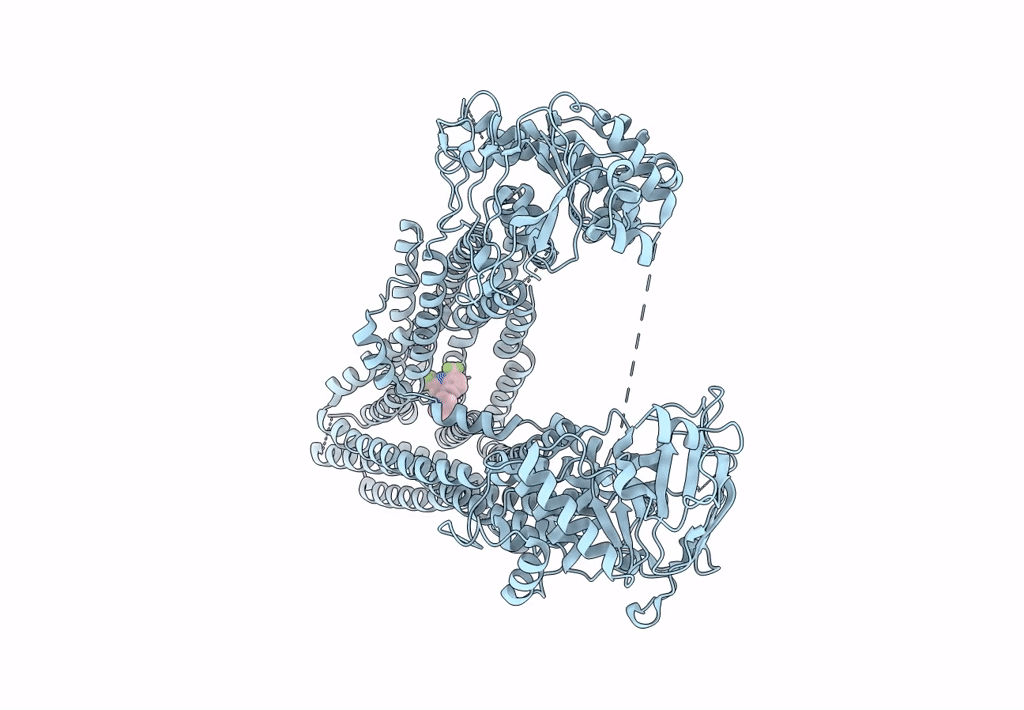
Deposition Date
2023-06-29
Release Date
2023-08-30
Last Version Date
2024-11-13
Entry Detail
PDB ID:
8JWF
Keywords:
Title:
Cryo-EM structure of Plasmodium falciparum multidrug resistance protein 1 with H1 helix in complex with MFQ
Biological Source:
Source Organism:
Plasmodium falciparum (isolate 3D7) (Taxon ID: 36329)
Host Organism:
Method Details:
Experimental Method:
Resolution:
3.64 Å
Aggregation State:
PARTICLE
Reconstruction Method:
SINGLE PARTICLE


